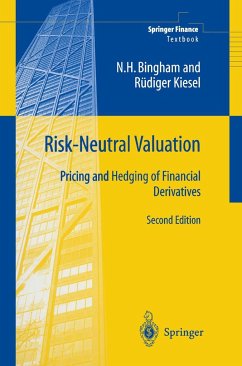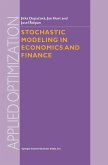Since its introduction in the early 1980s, the risk-neutral valuation principle has proved to be an important tool in the pricing and hedging of financial derivatives. Following the success of the first edition of 'Risk-Neutral Valuation', the authors have thoroughly revised the entire book, taking into account recent developments in the field, and changes in their own thinking and teaching. In particular, the chapters on Incomplete Markets and Interest Rate Theory have been updated and extended, there is a new chapter on the important and growing area of Credit Risk and, in recognition of the increasing popularity of Lévy finance, there is considerable new material on: ·Infinite divisibility and Lévy processes ·Lévy-based models in incomplete markets Further material such as exercises, solutions to exercises and lecture slides are also available via the web to provide additional support for lecturers.
Authors of financial engineering texts face a quandary: how technical to make a book? It is easy to alienate readers by being too technical, but it is just as easy to write a fluff book that communicates nothing of substance. With this book, authors Bingham and Kiesel have got the balance just right... It is mathematically rigorous but with a practical, reader-oriented focus. Results are expressed formally as mathematical theorems, but the authors skip most proofs. The narrative moves along at a nice clip so you never get bogged down in minutia... Who is the book for? Almost anyone who has a strong background in maths and wants a command of financial engineering theory. www.riskbook.com








